How I Created Remote Portraits of Musician Penelope Trappes — and Had a Breakthrough with Hands
Behind the scenes of a virtual photoshoot.
In the Flash is a reader-supported publication about intent and creativity in photography. To join the conversation
I’ve been thinking a lot about hands in portraits — how to maneuver them into the frame without making the photo awkward. Few photographers are able to exploit hands as a unique visual layer without resorting to stiff stock poses like the pensive hand under chin. Hands can be eloquent and revealing, adding complexity to the image, but they are also hard to direct. When I shoot someone, I always ask them to bring hands to their face, just to see what happens. Many subjects get frazzled and become uncomfortable, so I just move on. But every now and then, the person has hands that are fluid and expressive, with a kind of proprioceptive elegance. In these cases, I can direct the hands with precision, allowing the subject to move on their own while guiding them into the world I want to create. Penelope Trappes is one of those people, so when I realized that, I went hand-crazy. And unlike the usual failed experiments doing so, a few of these portraits came out exactly the way I envisioned.
This work is the result of a collaboration with one of my favorite music writers, and fellow Substacker, Phillip Sherburne. Music has been the love of my life, so I teamed up with Philip to make remote portraits to accompany his interviews in Futurism Restated. It's partly an experiment in forging a visual language through portraiture, partly an excuse to meet some of my favorite musicians.
Most of my recent work has been on assignment, which is rewarding, but inevitably shaped by someone else’s tastes, deadlines, and the low-flying panic attack of not being hired again. Carving out time for personal shoots is essential to keep myself from stagnating and keep my work from becoming too neutered and too slick. It’s a safe space where I can play with odd, sometimes terrible, ideas without the fear of public failure. But along with epic mistakes, that’s also where breakthroughs can happen. With Penelope, the breakthrough was hands.
Penelope Trappes is an Australian, UK-based experimental musician. Her music is, in Philip’s words, swaddled in dusk, presenting “a sumptuously gloomy fusion of ambient, folk, and goth.” One of my favorite tracks, Hair Shirt is dream pop at its most spectral, less of a song than a Lynchian space where melody hovers at the threshold of disappearance. I wanted to echo the ritualistic, textured unease of the music, and, inspired by Penelope’s style, to channel the haunting theatricality of Kate Bush.
Here is how I’ve created these portraits remotely.
The remote process is difficult and finicky, and only after years of doing it, I feel confident with it (to a point). My go-to app for remote portraits is Shutter Studio, which lets me control the subject’s camera, from taking the photo to adjusting focus point and exposure settings. All the RAW files are then automatically downloaded to my computer via cloud.
To make things more complicated, I also light my remote portraits. The main difference from my usual work is that I use continuous lighting instead of strobes. I run Shutter Studio alongside a Zoom call, which allows me to work with an on-site assistant to build the lighting setup while directing and photographing the subject in real time.
For all my remote shoots, I start with a video scout. It gives me a chance to meet the subject beforehand, get a sense of their mannerisms, and understand the space I’ll be working with. I do the scout a couple of days in advance to give myself time to think through the shoot, create a mood board and devise a lighting setup. Penelope gave me a tour of her apartment, and I immediately fixated on a glass door in the kitchen. We did a quick iPhone test using natural light, and I knew I wanted to build something around it. For the actual shoot, Penelope’s friend and a wonderful assistant, Agnes Haus, used a continuous light with a snoot to illuminate the door. It turned out to be my favorite portrait.
Working with Penelope was a joy. She was not afraid to experiment and to appear silly, a necessity to get to something interesting. Most people instinctively hold on to the version of themselves they know how to present, so when I work with someone willing to move beyond that, I try to push my ideas to their limit.
I always try to work with an assistant for remote shoots. When that’s not possible, I resort to the trusted “iPhone in a shoe” method, which is surprisingly effective, but doesn’t allow me to light the scene the way I’d like. Most of the time, the assistant is a friend of the subject rather than a photographer, though once in a while I get lucky and work with someone who knows their way around lighting. Agnes Haus, who assisted on this shoot, is a video director, and came prepared. They brought continuous lights, snoots, and even prisms. It was a rare opportunity to collaborate with someone who understood the technical side, so I took full advantage.
I was struggling to get the kind of light I wanted at first, everything was coming out too soft and too wide, missing the sharp contrasts I get with a strobe. After testing a few options, I asked Agnes if they happened to have a smaller light source, something tighter, maybe even a flashlight. It turns out they did — an adjustable one that could shift from a wide, diffused glow to a narrow, focused beam. It’s no surprise that I went for the most dramatic setting and used it on Penelope’s window curtain, casting hard-edged shadows and circular light patterns. Because remote shoot assistants bring their own gear—and it’s a different person every time—I often end up stumbling across new lighting techniques I’d never think to try on my own. An adjustable flashlight is now a part of my toolkit.
Remote shoots are full of variables I can’t control, which can feel like a limitation. The tools are different each time, and I have to readjust to new gear, a new assistant, and an unfamiliar space, which I can only see in fragments. I shift from photographer to director, trying to navigate all this from a distance and piece together light and gesture through a screen. But all that uncertainty also leaves room for surprises. The hands were the breakthrough this time — something I’ve tried to figure out for years and mostly failed. I’ve over-directed, under-directed, and avoided them altogether. But in the strange choreography of a remote shoot, they finally held their place in the frame, adding the tension and rhythm I’ve been chasing for years.
Futurism Restated 106: Penelope Trappes Rediscovers Her Voice, by Philip Sherburne.
Find me on Instagram


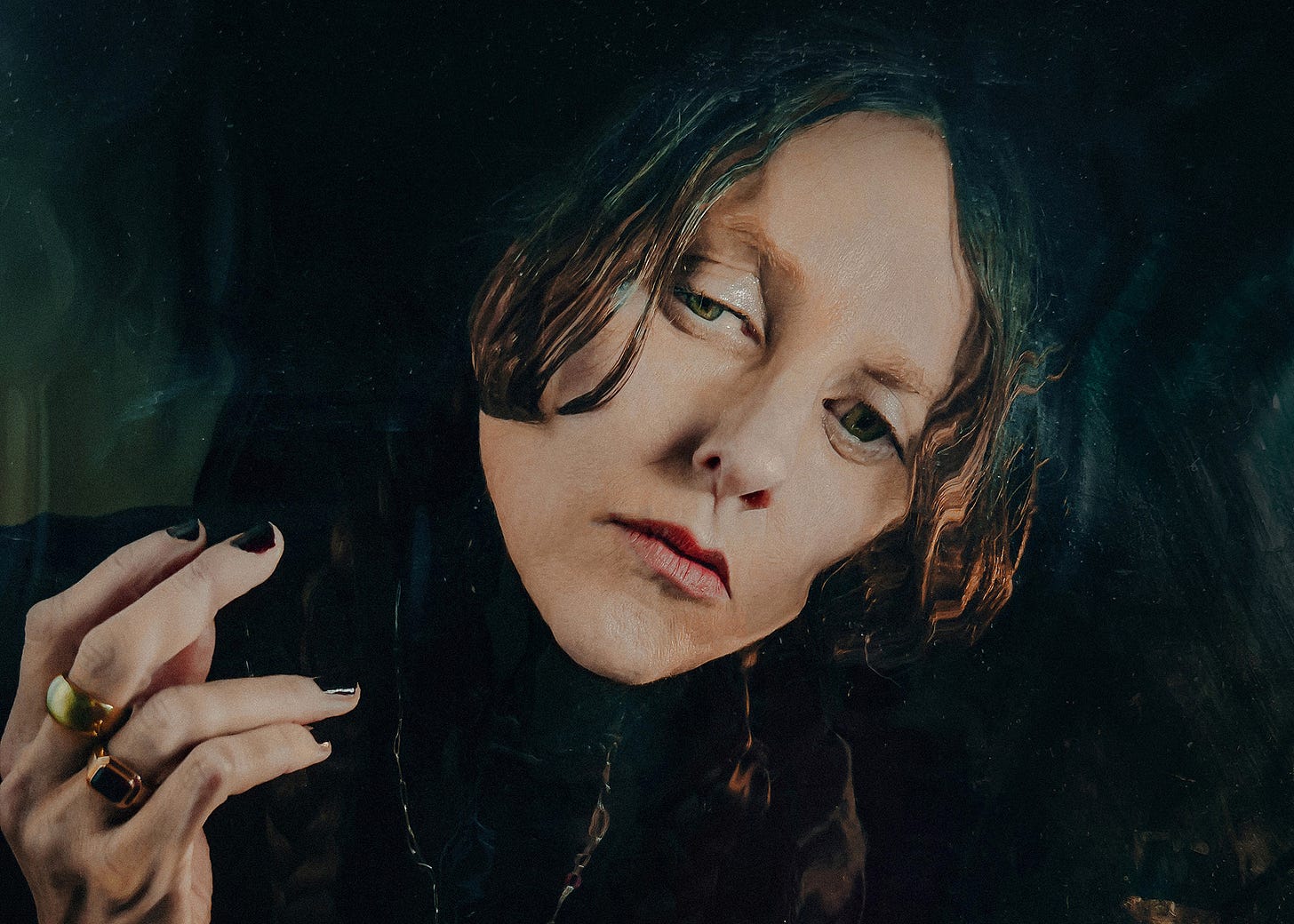
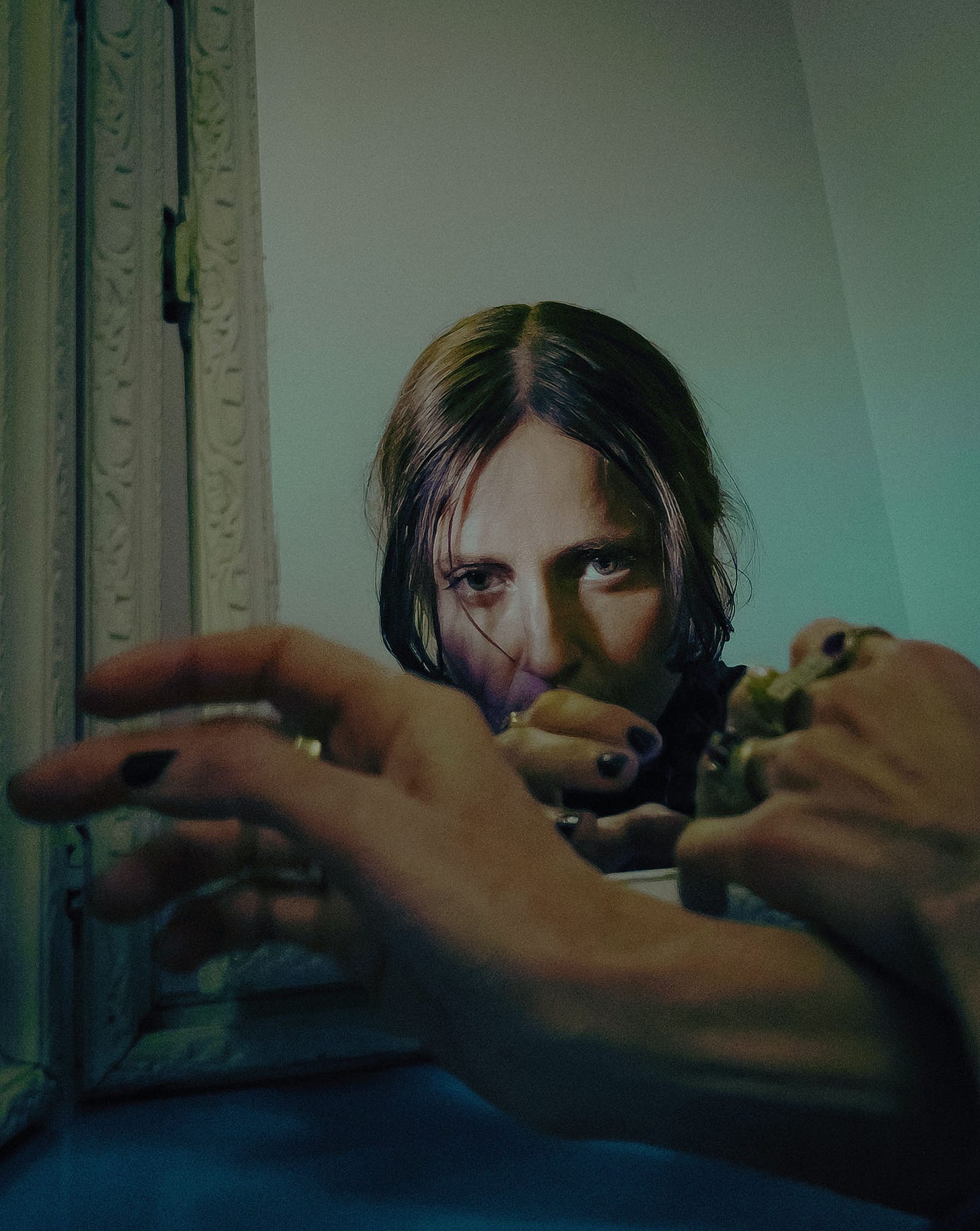
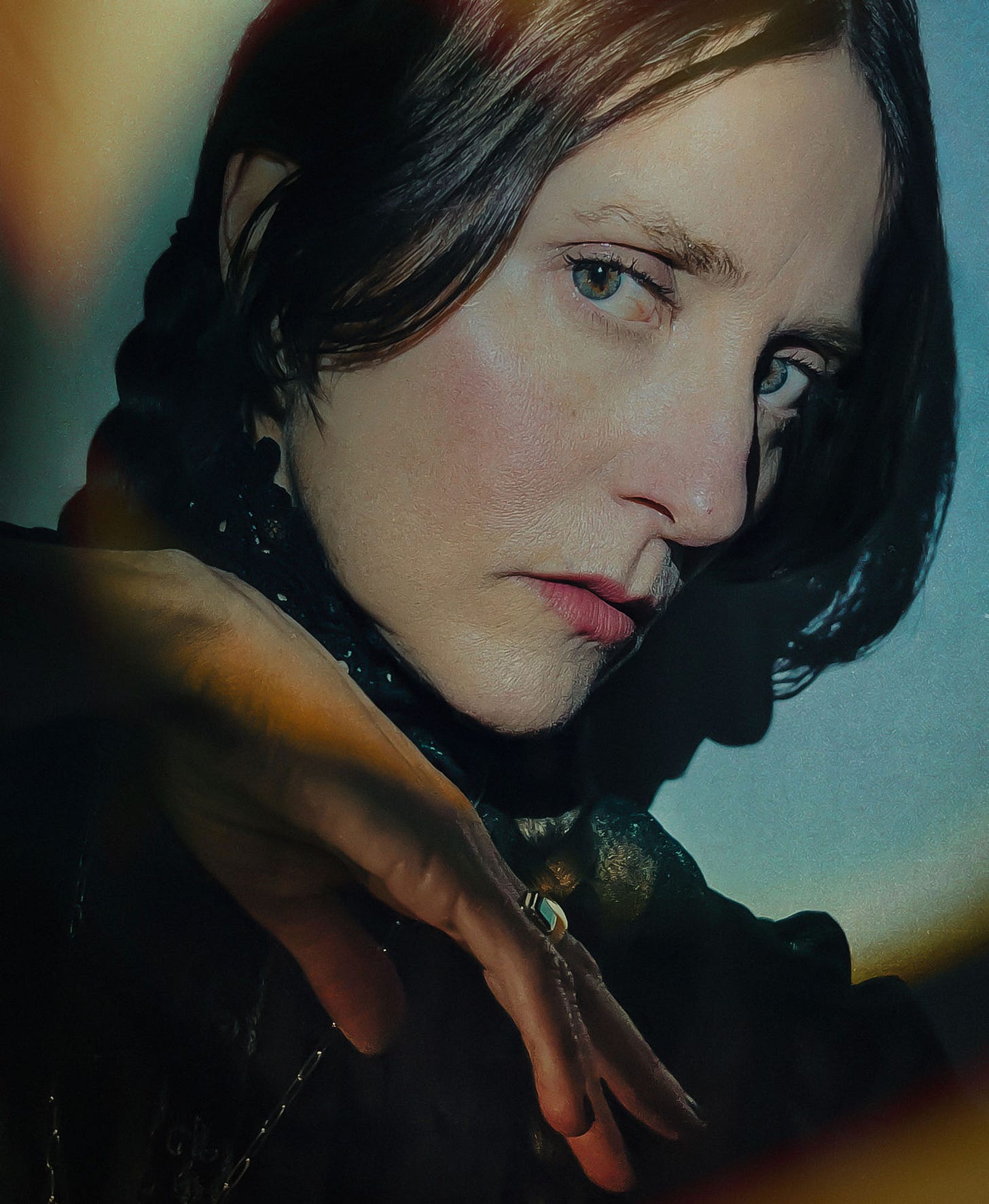
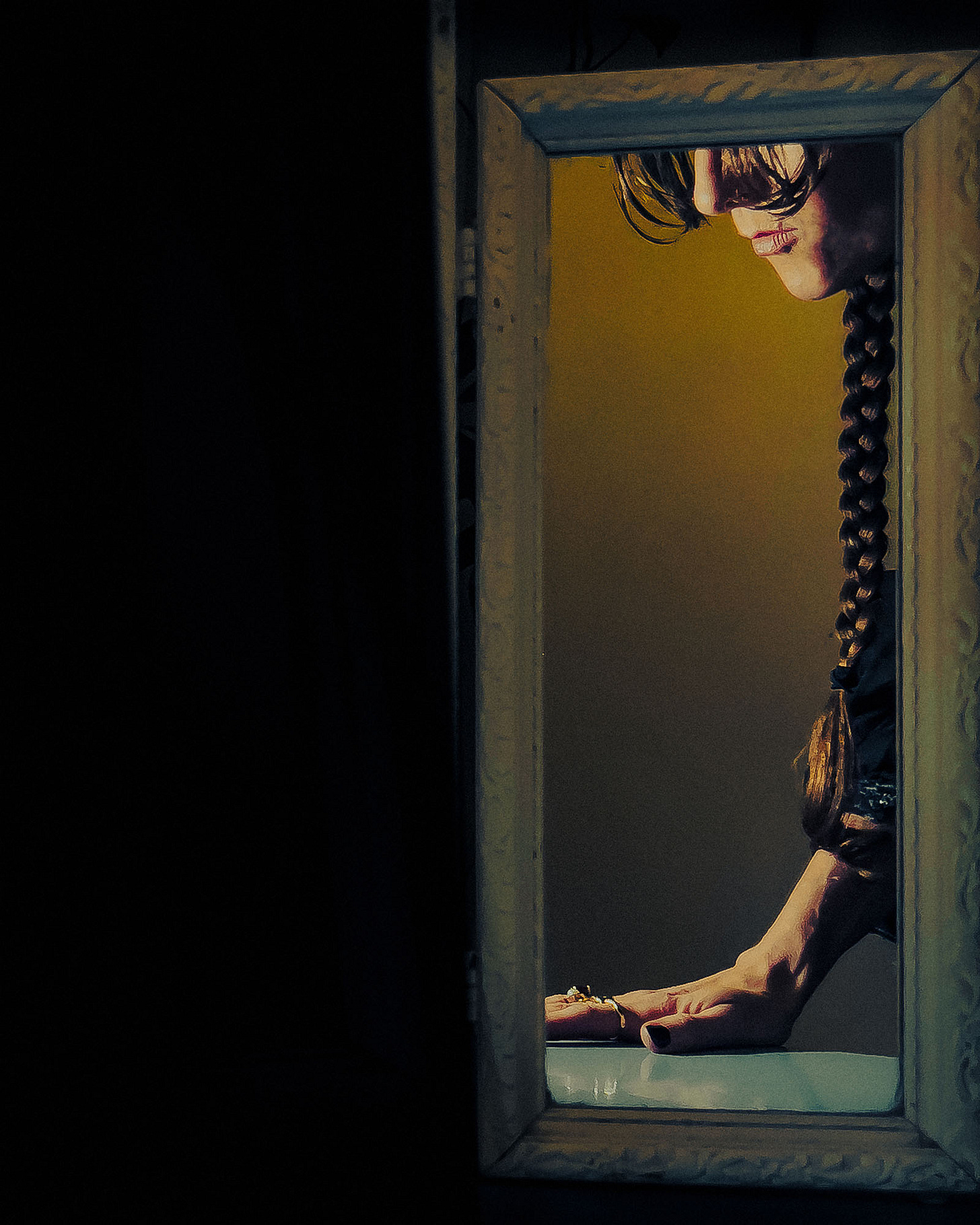
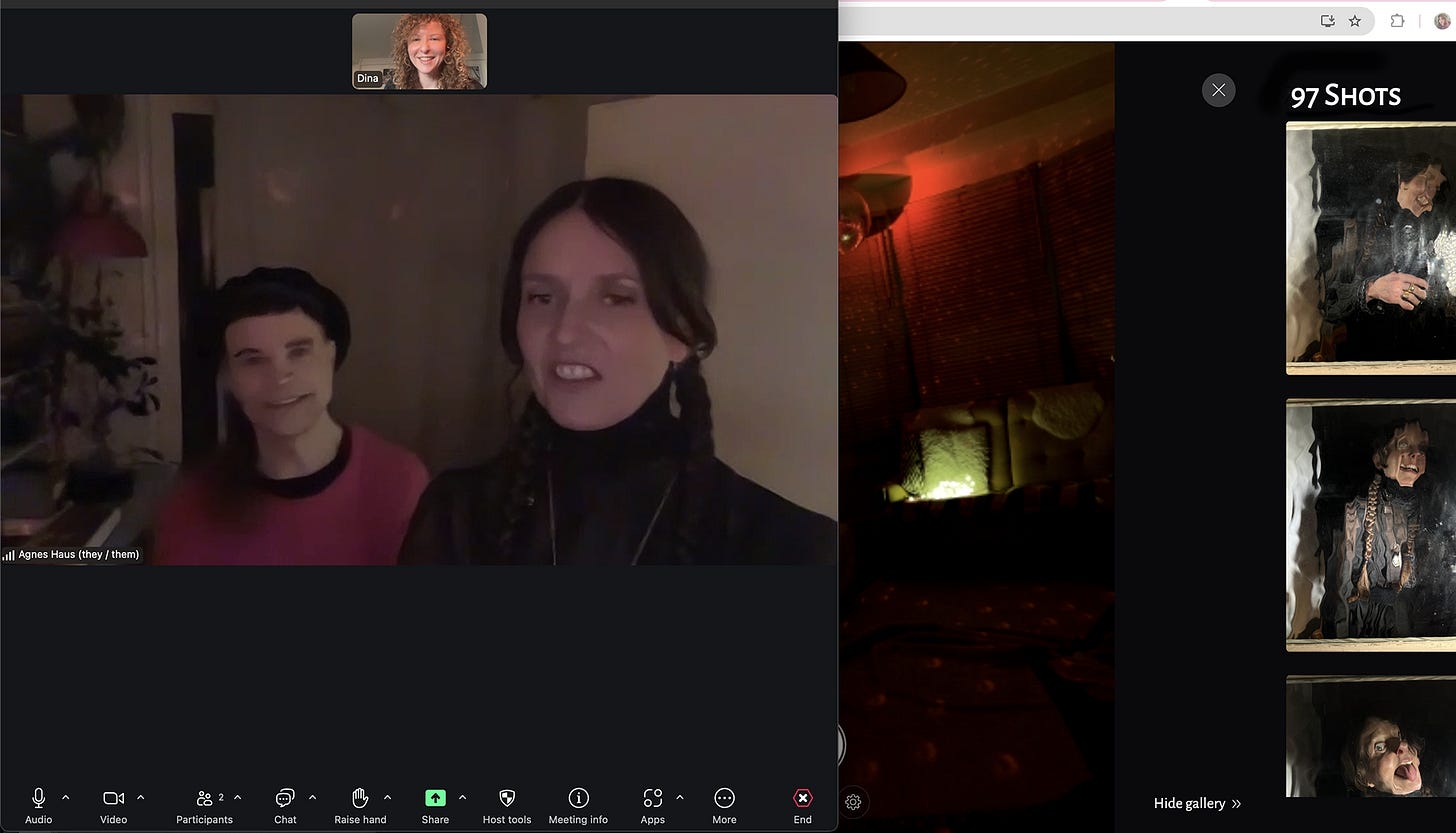
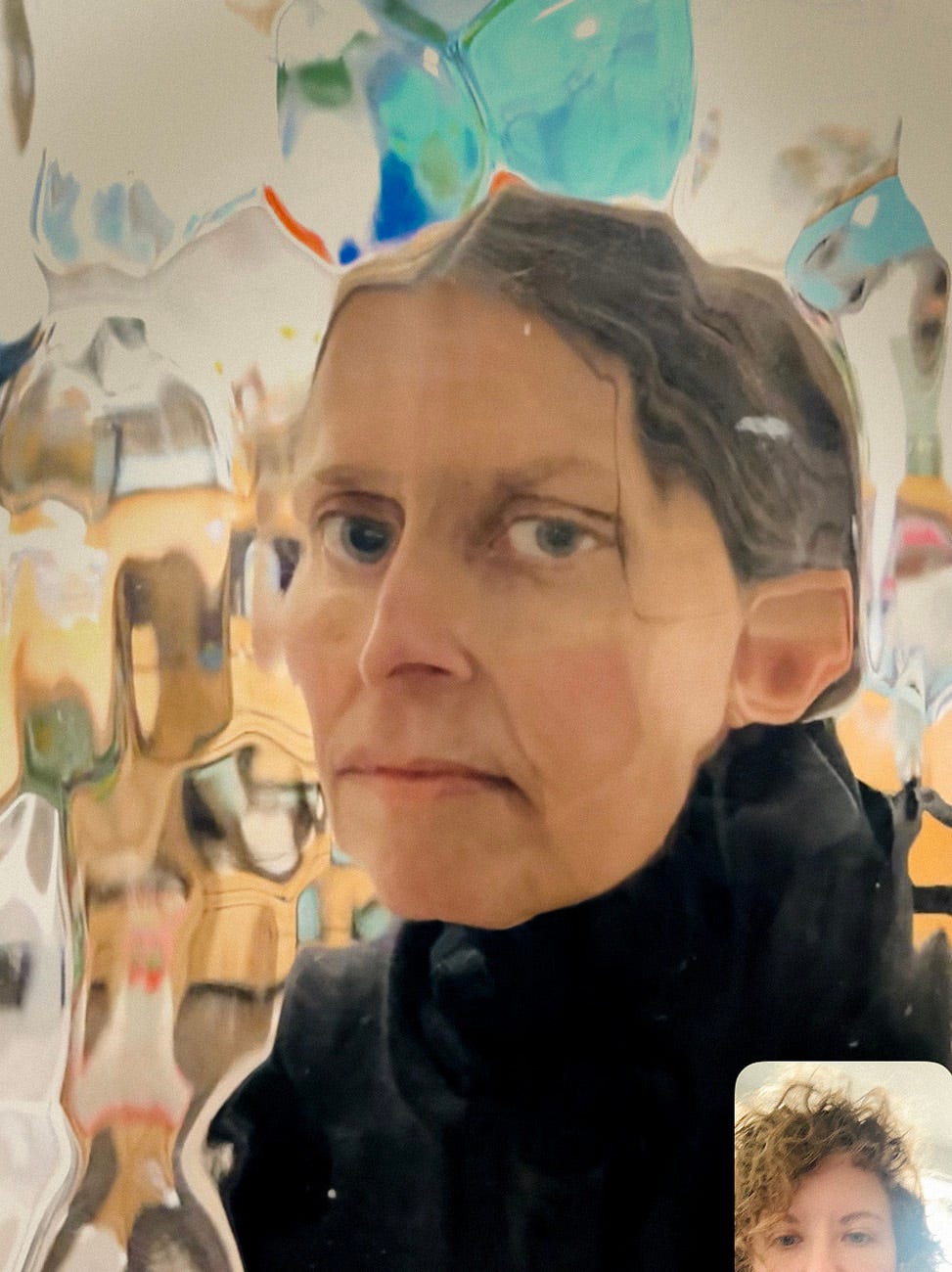

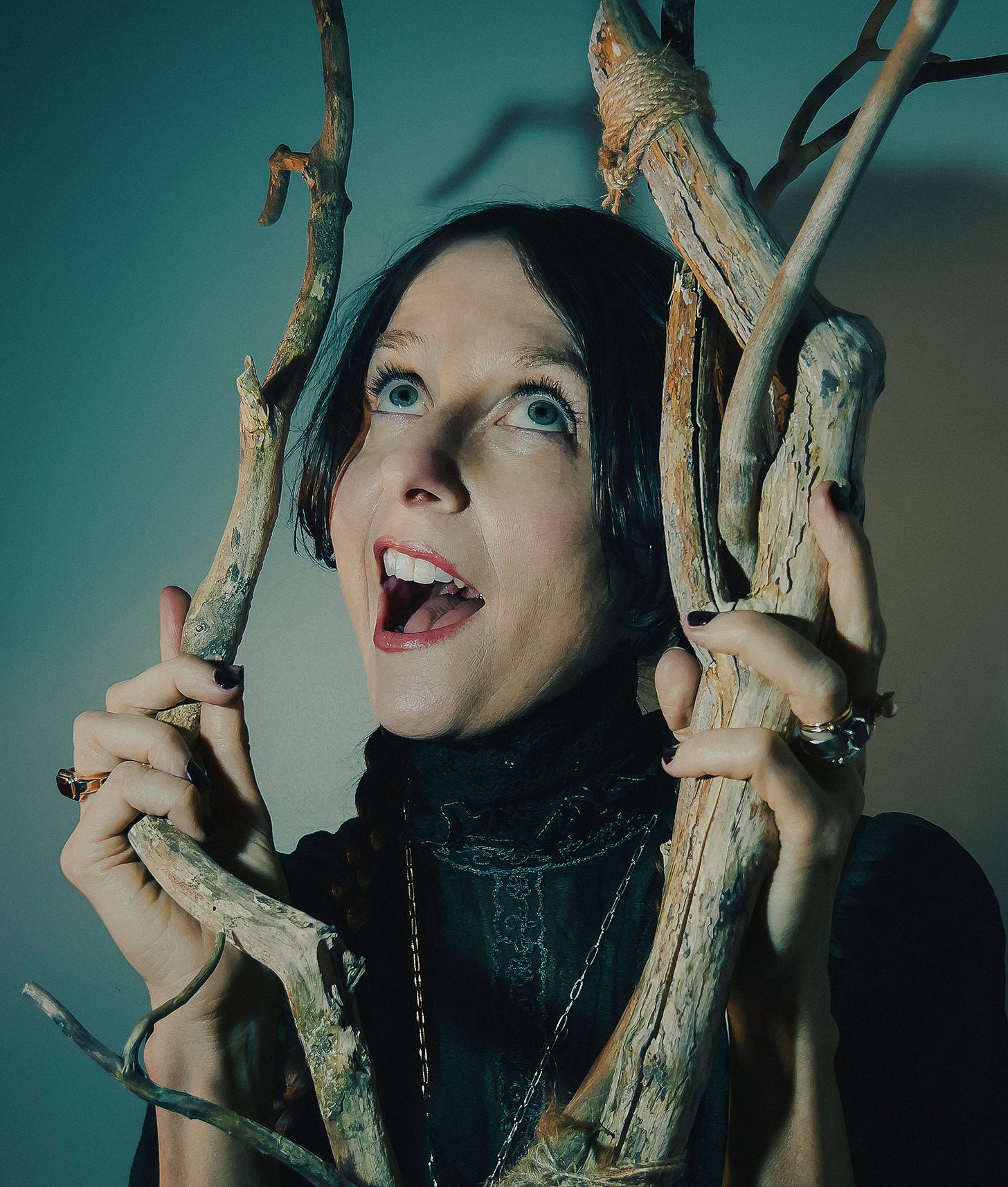
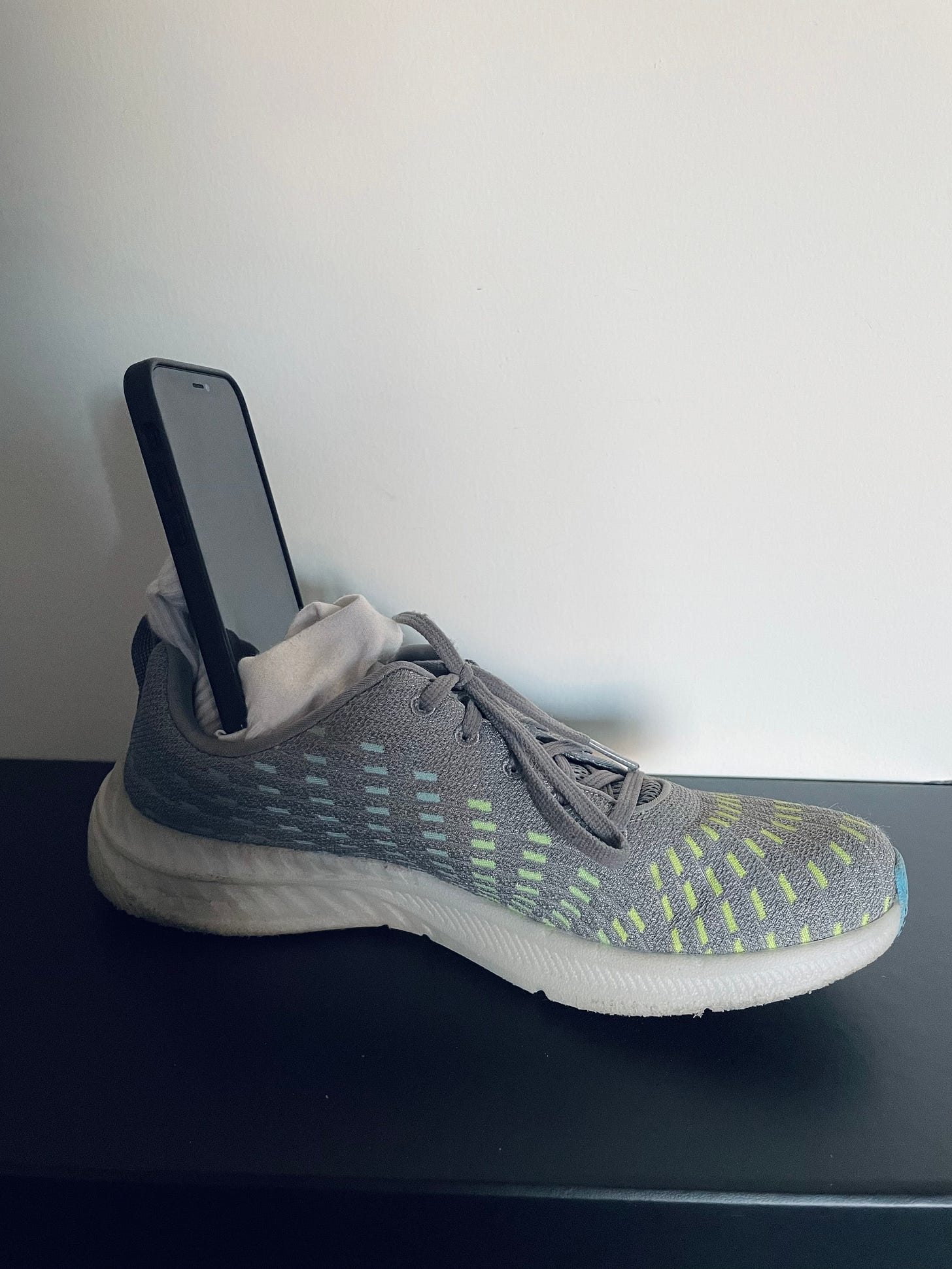

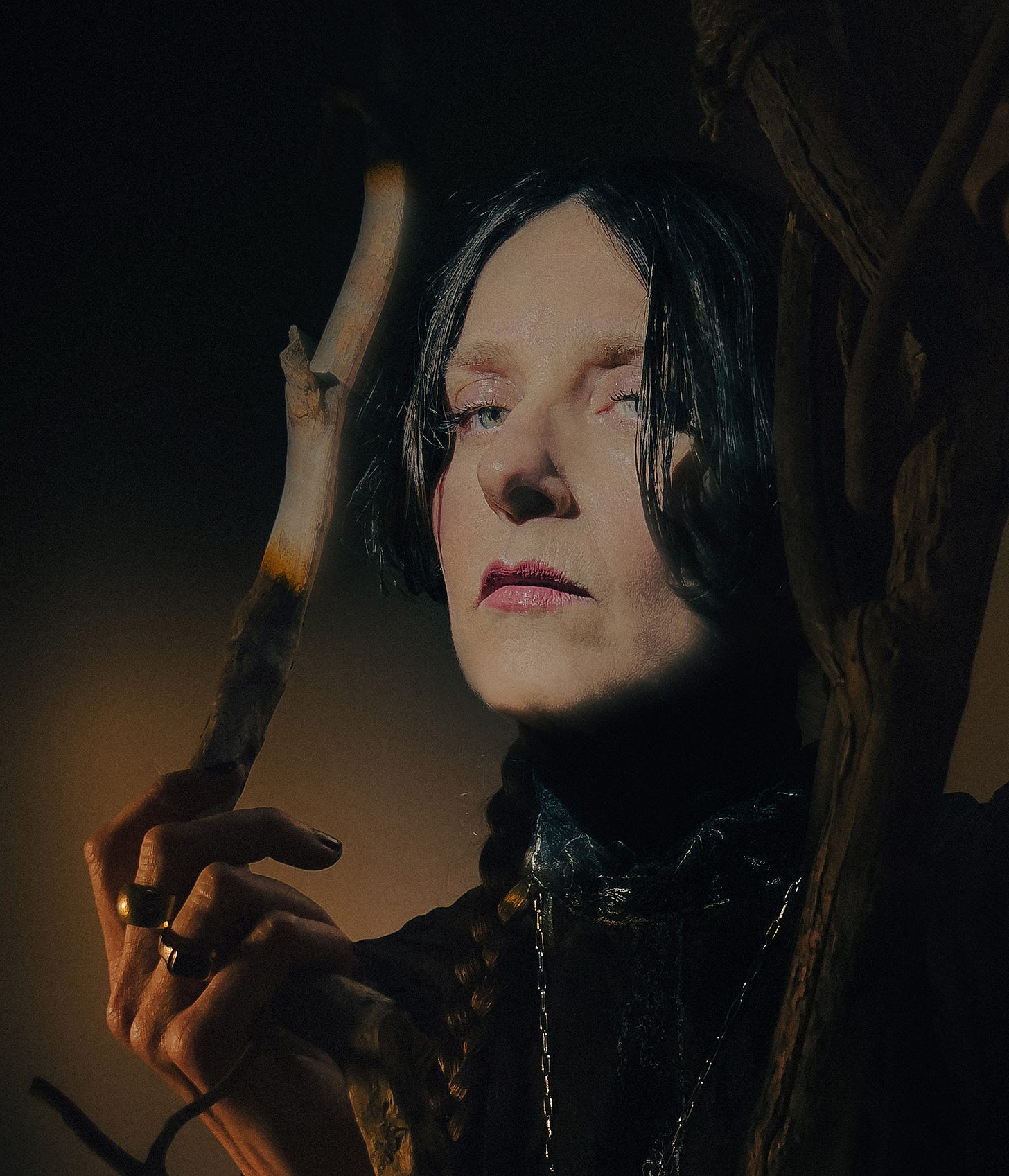
I really like hands in portraits - they can seem almost as expressive as faces. I often get people to sit in front of a table for a portrait, lean in with their arms on the table, raise their hands to their face and so on. I often like the hands anyway, for their own sake (particularly as many now come freighted with ink, jewellery and so on) but it also leads to some nice natural framing for the body and face.
Love the orange-cyan palette accenting the blue eyes! The hands in these images express "deep in the music" - a perfect fit! 🍷